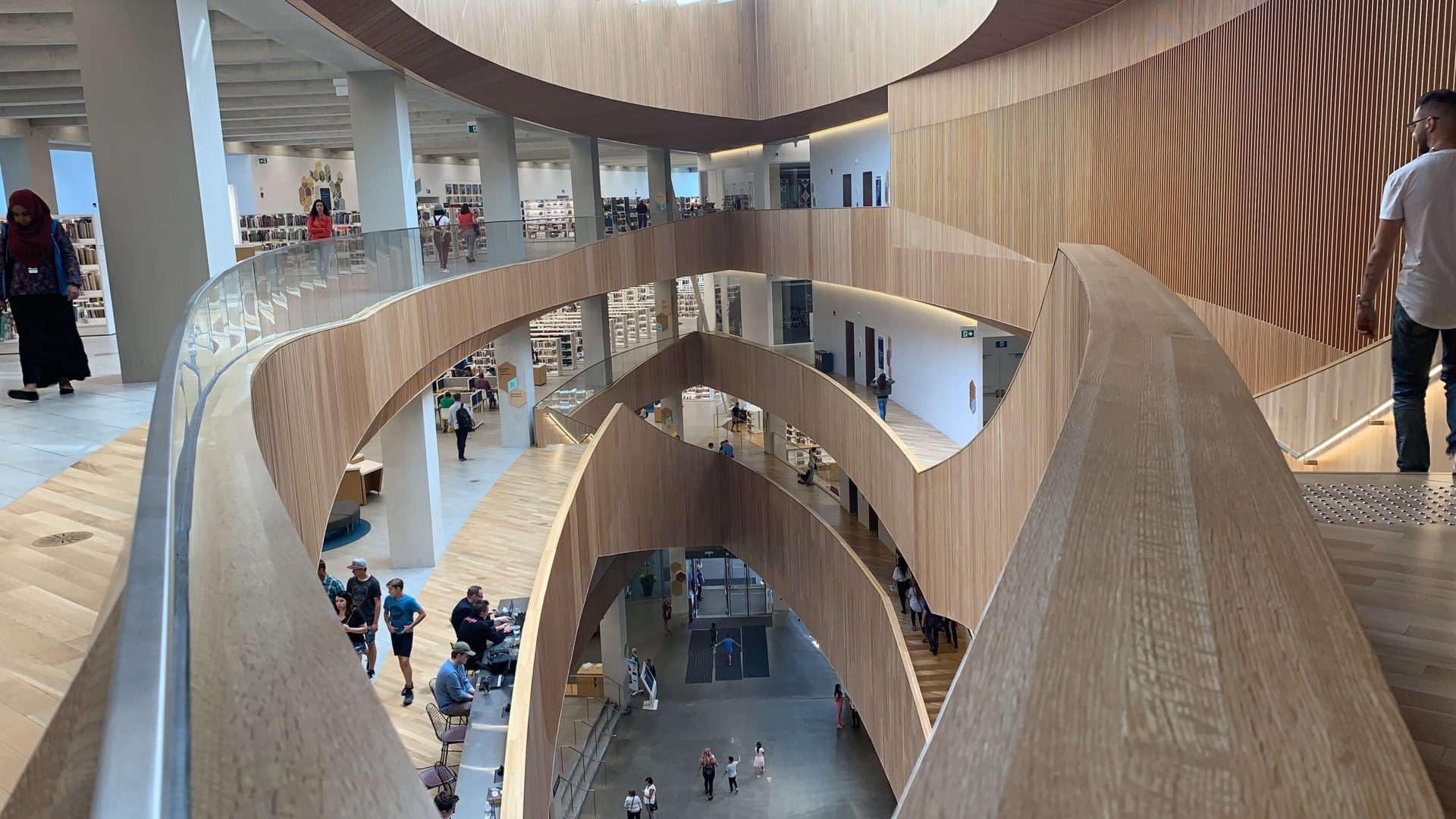NEW IAQ REGULATIONS
As of January 1, 2023, one million establishments open to the public will be affected by air quality regulations.
As of January 1, 2023, one million establishments open to the public will be affected by air quality regulations.
We spend more than 80% of our time on average in closed environments: housing, transport, workplace, schools… The sources of pollution inside buildings are multiple, whether they come from combustion appliances, building materials, decorative products (paint, glue, varnish …) … Thus the quality of indoor air (IAQ) would be 5 to 10 times worse than that of the outside.
The renewal of indoor air has a direct influence on the quality of indoor air. Indeed, an interior whose air is not renewed exposes its occupants in a much stronger way to the interior pollutants and a stagnation in the atmosphere of those and thus a stronger concentration.
We know today the consequences of poor indoor air quality: headaches, fatigue, irritation of the eyes, nose, throat and skin, dizziness, or respiratory allergies and asthma. According to a study by the French National Health Security Agency (ANSES), indoor air pollution causes the death of nearly 20,000 French people per year.
The monitoring of indoor air quality is a major public health issue, especially in times of health crisis when the transmission of the COVID19 virus is done by aerosols and therefore by air.

In 2013, the Ministries of Environment and Health launched the Medium and Long Term Indoor Air Quality Action Plan to improve air quality in enclosed spaces. The subsequent law made it mandatory to monitor indoor air quality in certain establishments receiving a sensitive public (Articles L. 221-8 and R. 221-30 et seq. of the Environmental Code).
Decree No. 2015-1000 of August 17, 2015 set the following deadlines:
This regulatory device framing the monitoring of the indoor air quality includes :
If the limit values are exceeded, action must be taken to comply with the safety thresholds.

IDENTIFY & ACT
IoT sensors are one of the solutions for monitoring air quality in buildings. Smart Building solutions offer the possibility to monitor the risks related to indoor air quality in buildings in real time and thus:
expertise to support you, from the diagnosis to the implementation of your solution
Subscribe to our newsletter!
Your e-mail address is only used to send you our newsletter and information about our company. You can unsubscribe at any time using the link included in each email.
